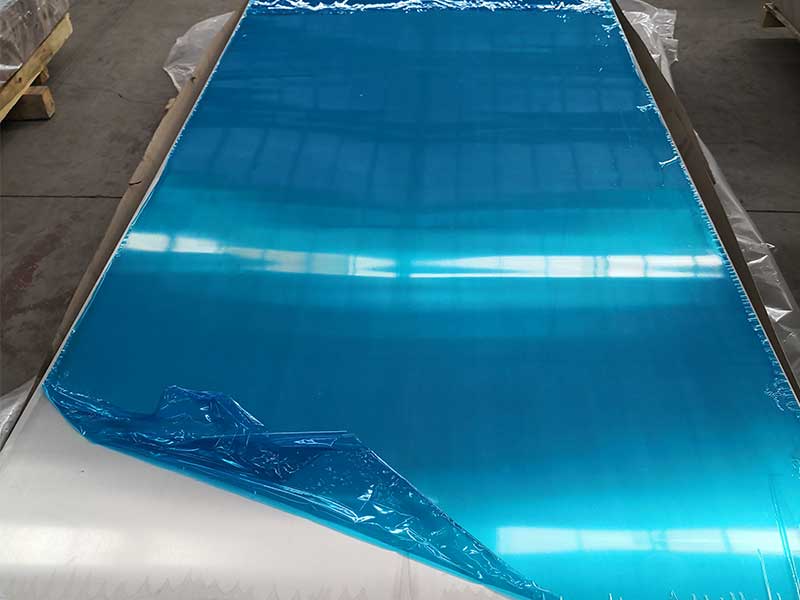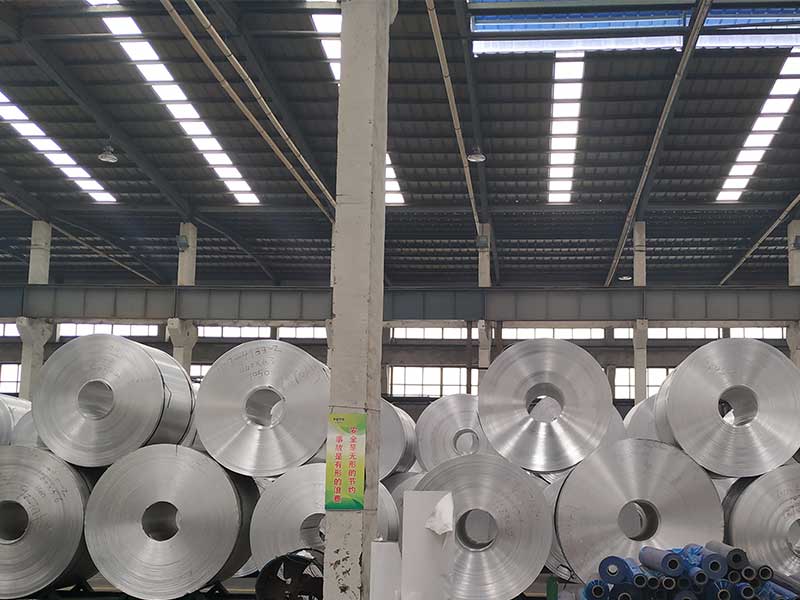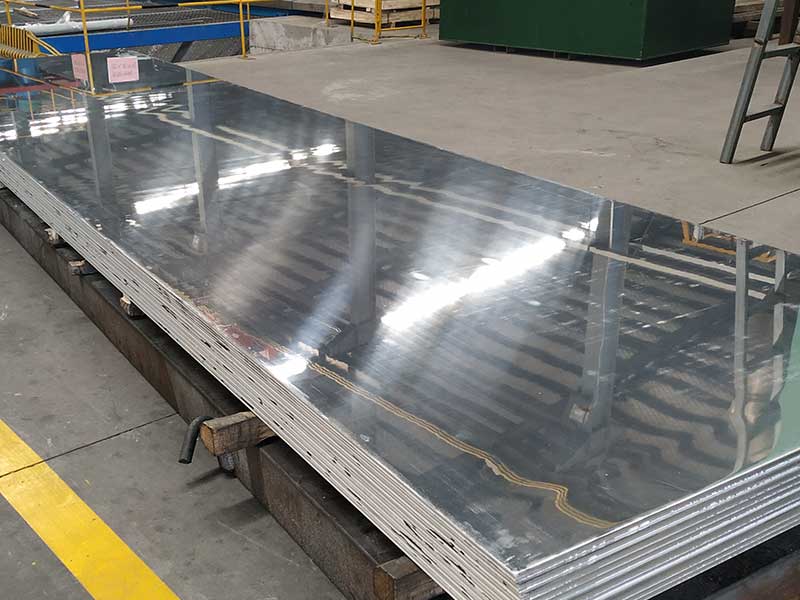5052 Thin Aluminum Plate for Construction
In the realm of modern construction, materials play a pivotal role in determining the durability, functionality, and aesthetic appeal of structures. Among these materials, the 5052 thin aluminum plate emerges not just as a mere option but as a game-changer. Renowned for its blend of strength and lightweight property, the 5052 aluminum alloy stands out, especially in applications where traditional materials would falter.
the Unique Features of 5052 Aluminum Alloy
The 5052 aluminum alloy is a member of the 5000 series, known for its exceptional workability and resistance to corrosion, making it a favorite among engineers and architects alike. What sets the 5052 thin aluminum plate apart from its counterparts?
Working with 5052 thin aluminum plate in construction presents a unique set of challenges and advantages compared to other aluminum alloys. Its superior corrosion resistance, particularly in marine environments, makes it a compelling choice for exterior cladding, roofing, and other applications exposed to the elements. However, its relatively lower strength compared to alloys like 6061 necessitates careful consideration of structural design. We've found that proper support structures and strategic reinforcement are crucial to prevent buckling or deformation, especially when dealing with larger sheets or unusual geometries. Furthermore, the formability of 5052, while good, can be sensitive to tooling and forming techniques. Improper techniques can lead to surface imperfections or cracking, requiring meticulous attention to detail during fabrication.
Beyond the material properties, a significant consideration is cost optimization. While 5052 offers long-term cost savings due to its excellent corrosion resistance, minimizing material waste through precise cutting and efficient nesting during fabrication is paramount. We've seen significant cost reductions by implementing CAD/CAM systems for precise cutting and improved nesting strategies. Furthermore, the specific surface finishes required by the project is vital; choosing between mill finish, brushed finish, or anodizing impacts both the aesthetic appeal and the overall project cost. Effective communication with architects and engineers throughout the process is to leveraging the advantages of 5052 while mitigating potential issues.
-
Strength to Weight Ratio: One of the defining features of 5052 aluminum is its remarkable strength-to-weight ratio. Weighing significantly less than steel yet providing comparable strength, the 5052 serves multiple construction purposes without imposing excessive structural loads.
-
Corrosion Resistance: Exposure to various environmental conditions can disintegrate other metals, but 5052’s excellent corrosion resistance ensures longevity. This trait makes it particularly advantageous in coastal areas or structures frequently exposed to moisture.
-
Formability and Workability: The ability to be easily formed and machined without resulting in cracks or failure has earned 5052 a reputation in the industry. This quality is essential for complex architectural designs requiring precision customizations, further demonstrating its versatility.
-
Aesthetic Potential: Available in a range of finishes from matte to polished, 5052 thin aluminum plates can be seamlessly integrated into both industrial and contemporary aesthetics. This flexibility allows architects to employ this material without compromising visual quality.
Diverse Applications of 5052 Thin Aluminum Plate in Construction
its features is only half of the story; realizing practical applications brings us closer to recognizing the role of the 5052 thin aluminum plate in the construction sphere. Here are several noteworthy applications:
-
Cladding and Facades: The strikingly smooth surfaces and potential for various finishes enable 5052 aluminum plates to become popular choices for cladding and vehicle for creating sleek, modern facades. Utilizing these plates contributes to energy efficiency as they can be treated to reflect or absorb sunlight, offering thermal regulation for buildings.
-
Structural Support Elements: Due to its strength and light weight, 5052 can be utilized in reinforcing beams and structural frames. Particularly where reducing load stresses is crucial, incorporating 5052 proves advantageous without sacrificing structural integrity.
-
Decking and Railing Systems: The non-slip surface options available in 5052 aluminum are perfect for decking and railing elements of buildings in high traffic zones. Moreover, being able to weather the outdoor elements maintains both safety and appearance.
-
Custom Architectural Features: When arching roofs or fac اس debts or curves are designed, 5052's formability allows it to be molded without losing its strength, facilitating unique architectural endeavors such as angled facades and innovative roofing solutions.
Summing It Up
The 5052 thin aluminum plate, with its cutting-edge characteristics, caters perfectly to the evolving demands of the construction sector. Tapping into possibilities ranging from strength, durability, and corrosion resistance to aesthetic flexibility, it signifies an intelligent choice for building materials in our modern landscapes. As designers embrace innovation for more sustainable and visually appealing lifestyles, the advent of 5052 aluminum in construction stands marker of how material advancements can enhance architectural principles, promising longevity and aesthetic appeal for years to come.
Harnessing the versatility of 5052 thin aluminum not only reiterates the strength of construction but also reflects the triumph of material science in helping us build a resilient and visually engaging world.
https://www.al-alloy.com/a/5052-thin-aluminum-plate-for-construction.html




